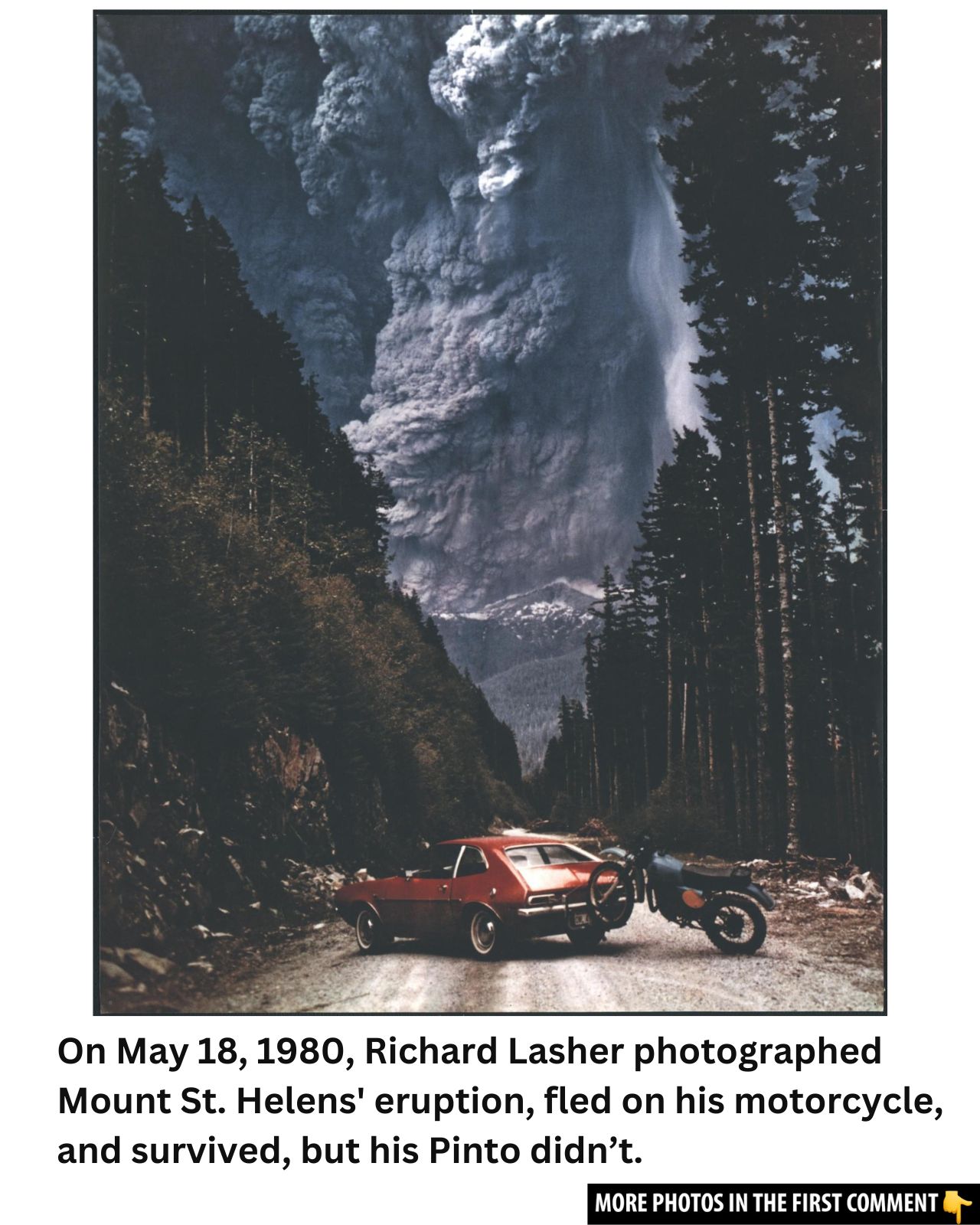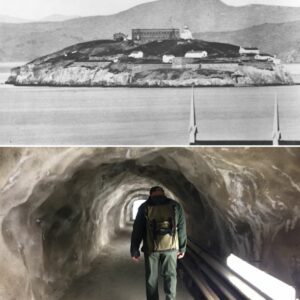On May 18, 1980, one of the most catastrophic volcanic eruptions in U.S. history unfolded in the forests of southwestern Washington State. Mount St. Helens, a towering symbol of nature’s power, erupted with a force that transformed the landscape and left an indelible mark on the environment, economy, and lives of countless individuals. Through a collection of rare and stunning photographs, we can retrace the moments before, during, and after the eruption, exploring the human toll, the scale of destruction, and the recovery that followed.
Before the Eruption: Mount St. Helens on May 17, 1980
The day before the eruption, Mount St. Helens stood as it had for centuries: a beautifully symmetrical cone towering 9,600 feet (3,000 meters) above sea level. It was a serene day, with the peak of the volcano appearing tranquil against the backdrop of the surrounding Cascade Range. Little did anyone know that the mountain was slowly awakening from its slumber, preparing to unleash its fury. It had been centuries since the last significant eruption, and its dormant state made the coming events even more unpredictable and dangerous.
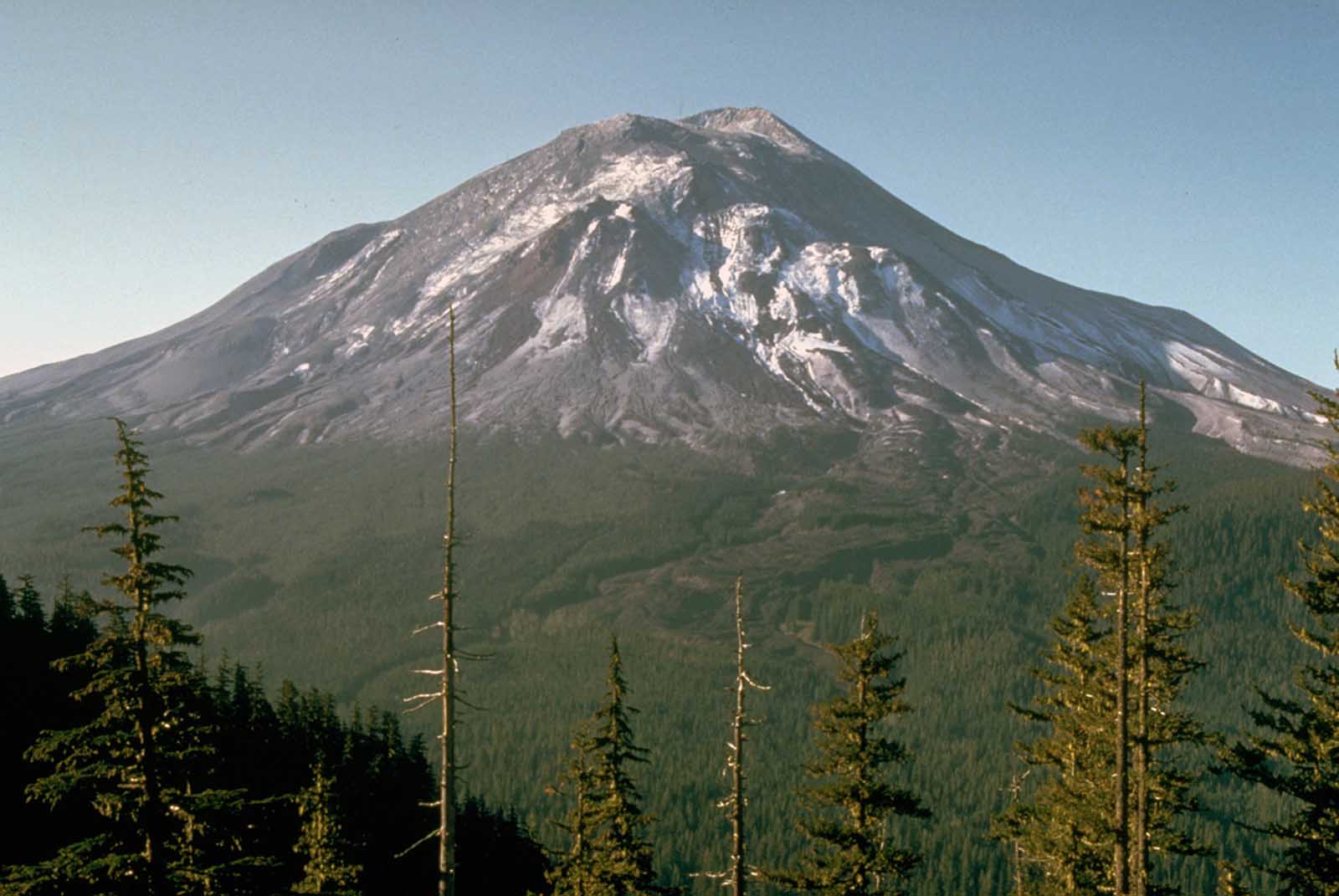
The Initial Warning Signs: Earthquakes and Steam Vents
In the months leading up to the eruption, there were increasing signs that something was amiss beneath the surface. Beginning in March 1980, a series of earthquakes shook the region, followed by the first eruption in over 100 years on March 27.
The volcano expelled steam, ash, and gas, signaling that the magma below had started to move. By April, the situation intensified as new fractures formed on the north face of the mountain, and the bulge of rising magma became visible to anyone watching closely. Geologists closely monitored the growing bulge, as it threatened to destabilize the entire north slope.
Video
Watch Footage of the 1980 Mount St. Helens Eruption to witness the dramatic events of that day. Don’t miss it!
The Eruption Begins: May 18, 1980
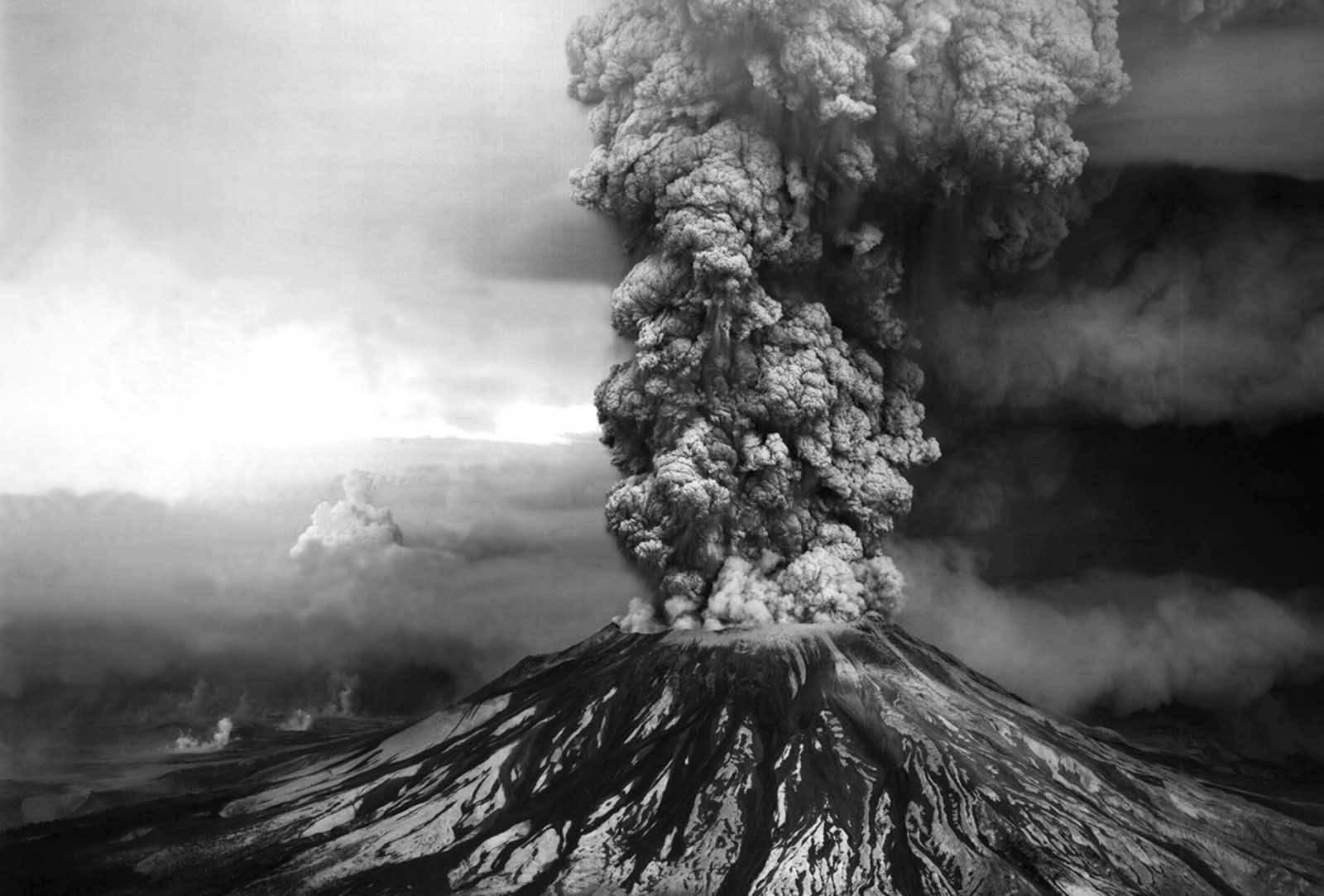
Then, on the morning of May 18, 1980, the unthinkable happened. At 8:32 AM, Mount St. Helens erupted, sending an ash plume 15 miles into the atmosphere. The initial blast was so powerful that it triggered a massive avalanche, taking with it the top 1,300 feet (396 meters) of the mountain’s summit. A volcanic eruption of such magnitude had not been seen in the contiguous U.S. in over 65 years. Ash and gas were propelled into the atmosphere, with the winds carrying them across states, depositing fine ash as far as 1,300 miles away. The eruption changed the landscape forever, as valleys were filled with debris, rivers altered course, and the once-stunning mountain was forever scarred.
The Violent Force: The Eruption Column and Ash Fallout
The eruption was an explosive VEI 5 event that not only devastated the immediate area but also left a trail of destruction that stretched far beyond. The eruption column reached a staggering 80,000 feet (24 km) into the sky, while the ash clouds darkened skies over multiple states. The fallout of ash left entire cities covered in a blanket of gray, creating an eerie atmosphere that lasted for days.
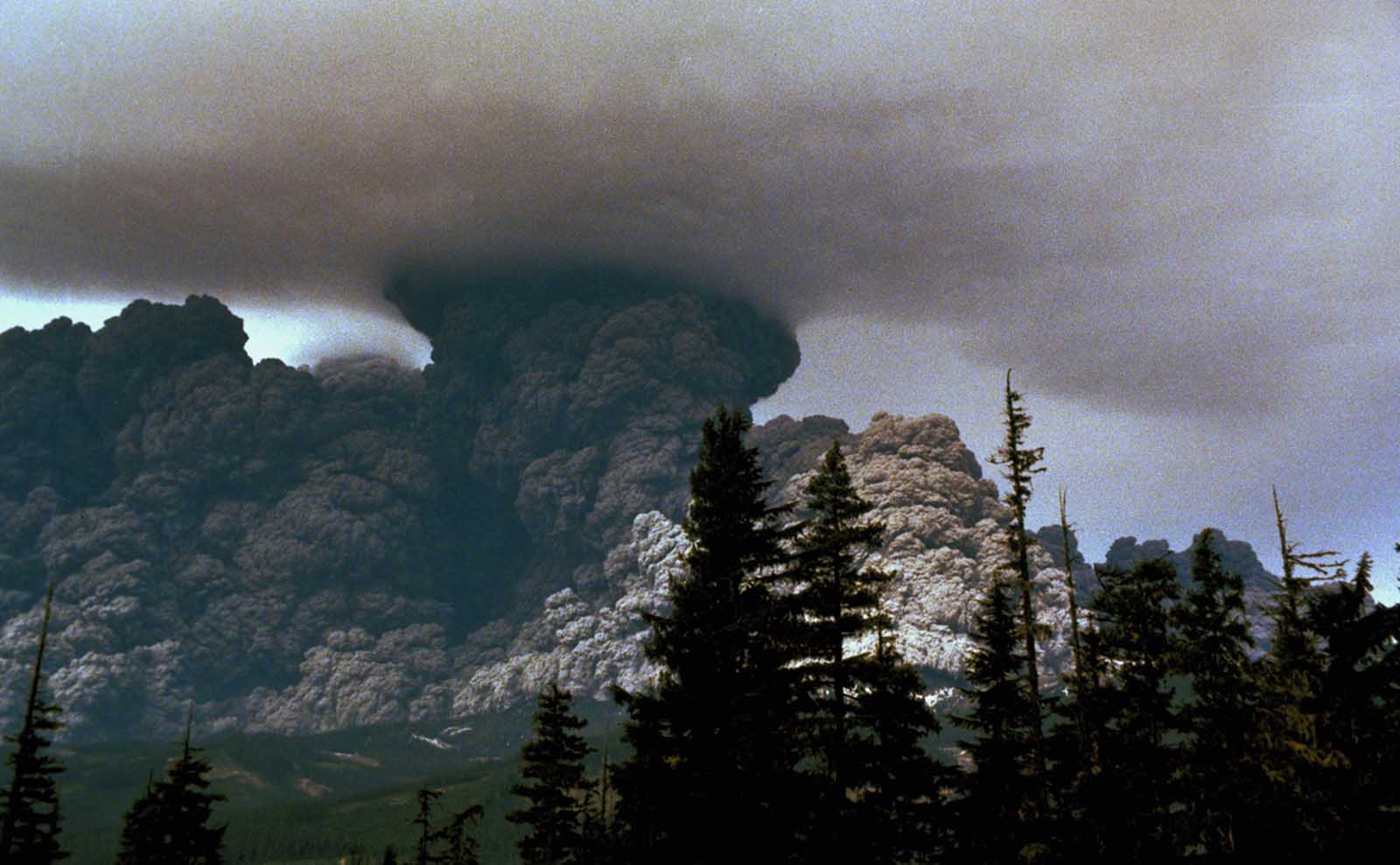
The visual impact of the eruption, captured in numerous photographs, shows the intensity of the explosion and the vastness of the ash plume as it spread across the skies. These images reveal the scale of the event, showing a planet’s destructive power as it reshaped the environment around it.
Lahars and Mudslides: A Volcanic Aftershock
One of the most catastrophic secondary effects of the eruption was the creation of lahars—volcanic mudslides caused by the sudden melting of snow and ice on the mountain. As the eruption caused the glaciers on Mount St. Helens to rapidly melt, water mixed with ash and debris, forming massive, fast-moving mudflows.
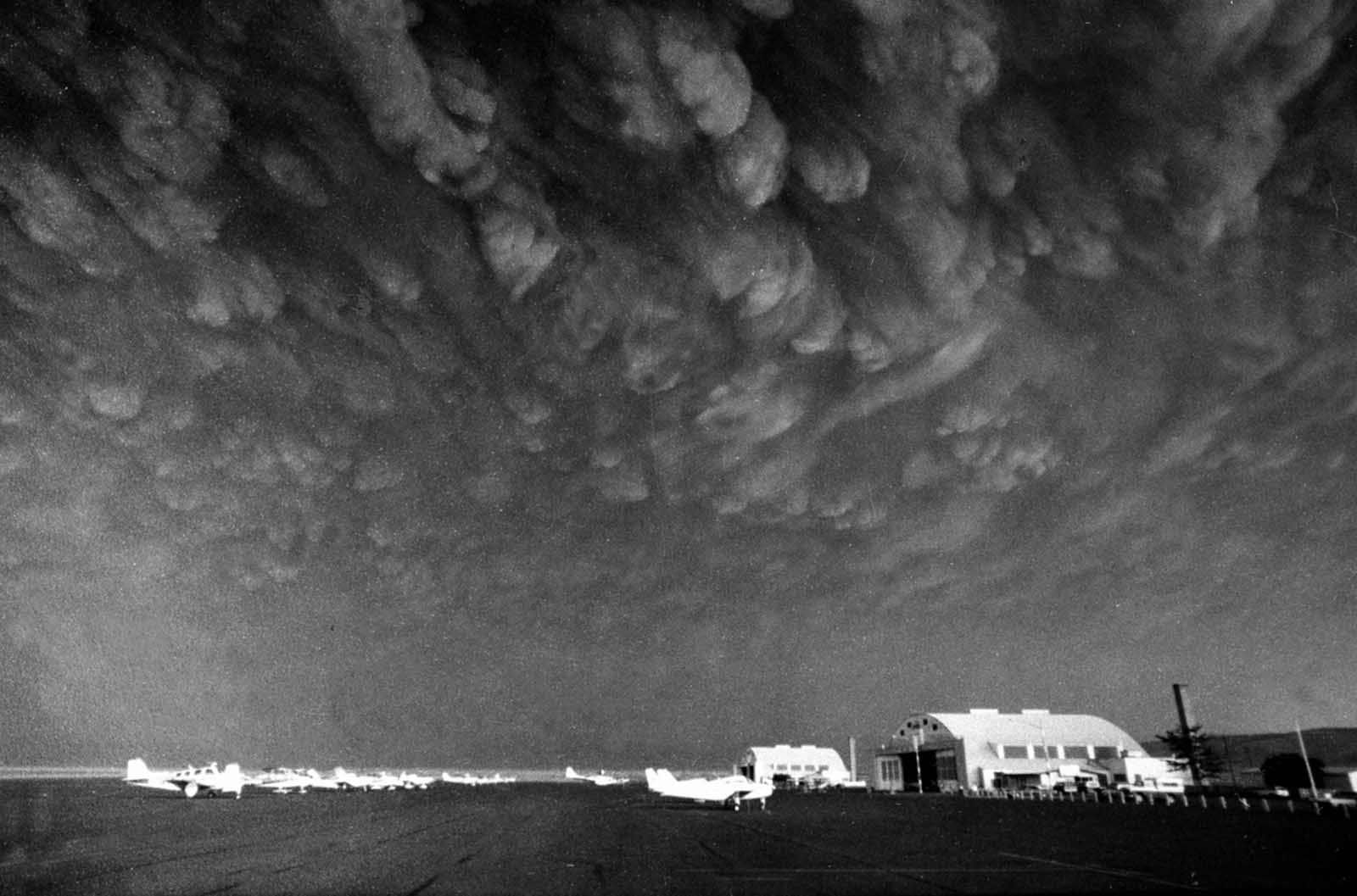
These lahars traveled down the valleys surrounding the mountain, reaching the Columbia River nearly 50 miles away, and inundated everything in their path. Entire ecosystems were washed away, and the landscape was left in ruin. The photographs from this period capture the destructive power of these mudflows and the chaos that followed the eruption.
Casualties and Destruction: Lives Lost and Widespread Damage
The eruption claimed the lives of 57 people, including well-known figures such as innkeeper Harry R. Truman and geologists Reid Blackburn and David Johnston. Johnston, who had been stationed at Coldwater II camp, was one of the last people to send a message before he perished in the eruption. His final words, “Vancouver, Vancouver, this is it!” were transmitted just moments before the eruption destroyed his camp. The photos from this tragic period show the profound loss of life and the aftermath, with buildings, forests, and entire towns obliterated. The economic damage was equally severe, with more than a billion dollars in losses ($3.03 billion adjusted for inflation).
The Heroes: Remembering Those Who Perished
Though the eruption brought devastation, it also highlighted the courage and dedication of those who were studying the volcano. David Johnston, in particular, is remembered for his bravery, as he continued to monitor the volcano’s activity even as it became clear that an eruption was imminent. The photographs taken around the time of the eruption, including those of Johnston, serve as a tribute to those who risked their lives to study and understand the forces of nature at play. Today, Coldwater II camp has been renamed “Johnston Ridge” in his honor, ensuring that his legacy lives on.
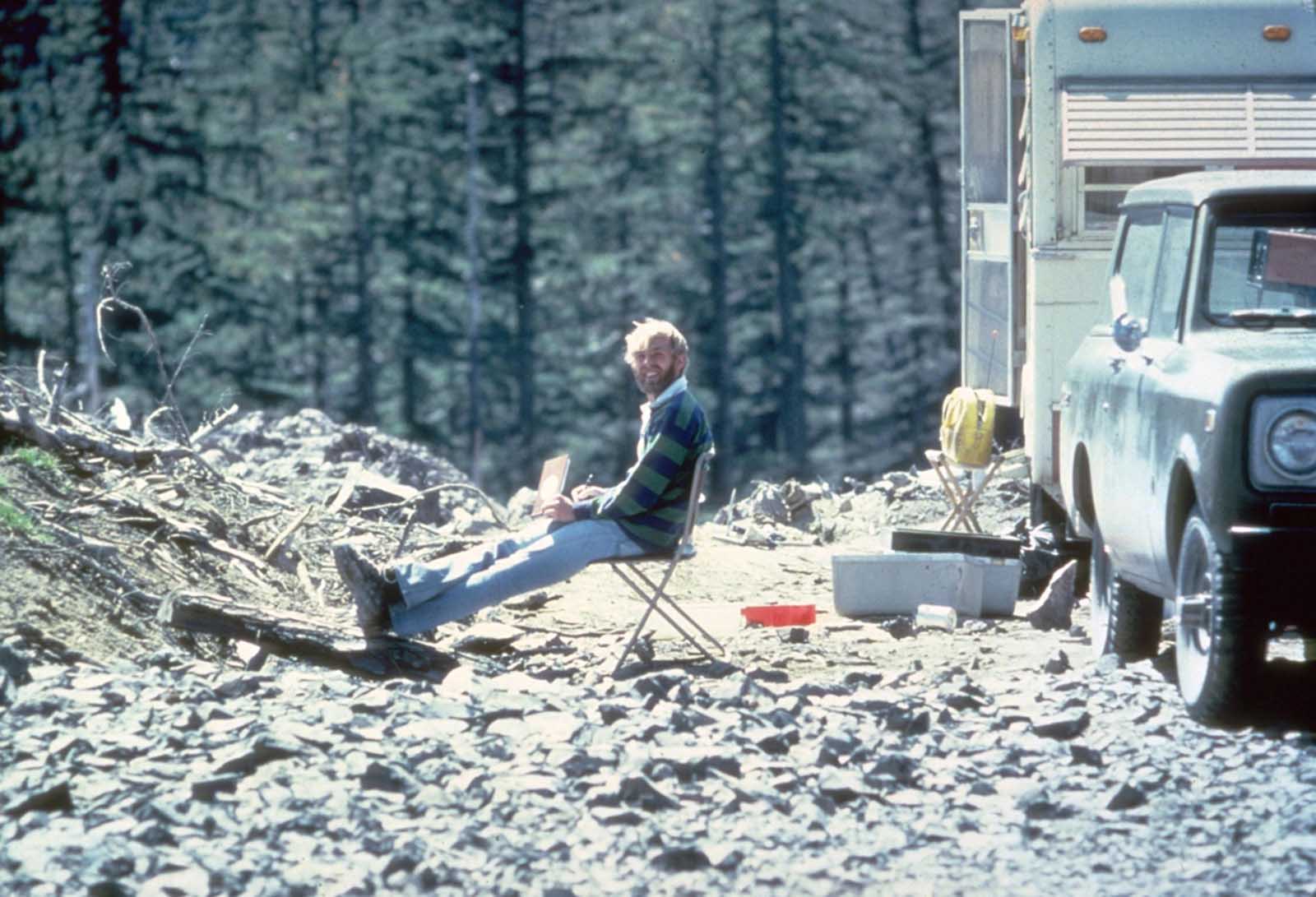
The Aftermath: Mount St. Helens Transformed
After the eruption, Mount St. Helens was left with a massive crater on its north side, a stark contrast to its previous symmetrical beauty. The surrounding areas, once teeming with life and vegetation, were reduced to barren wastelands. Forests were leveled, rivers choked with debris, and wildlife populations decimated. Yet, as devastating as the eruption was, the natural world began to recover slowly. Scientists, photographers, and ecologists closely monitored the recovery process, documenting how life began to return in unexpected ways. The stunning photographs of this period reveal a transformed landscape, a reminder that even the most destructive events can lead to new beginnings.

The Volcano Today: Preservation and Recovery
Mount St. Helens is now part of the Mount St. Helens National Volcanic Monument, a protected area where the volcano’s impact on the environment is studied, and where recovery continues. Over the years, the landscape has started to heal, with new ecosystems gradually replacing the barren land left by the eruption. The national monument offers visitors a chance to see the aftermath of the eruption and learn about the science of volcanic activity and ecological recovery. Today, Mount St. Helens serves as both a site of reflection and a symbol of nature’s resilience.
Gallery: Rare Photos of the Eruption and Its Impact
The eruption of Mount St. Helens in 1980 was captured in a series of rare and powerful photographs. These images show the raw intensity of the eruption, the devastating effects on the landscape, and the aftermath of this life-altering event. From the initial explosion to the ongoing recovery, the photographs serve as a poignant reminder of the power of nature and the impact such events have on human lives. They offer a window into a defining moment in U.S. history and the dramatic changes that followed.
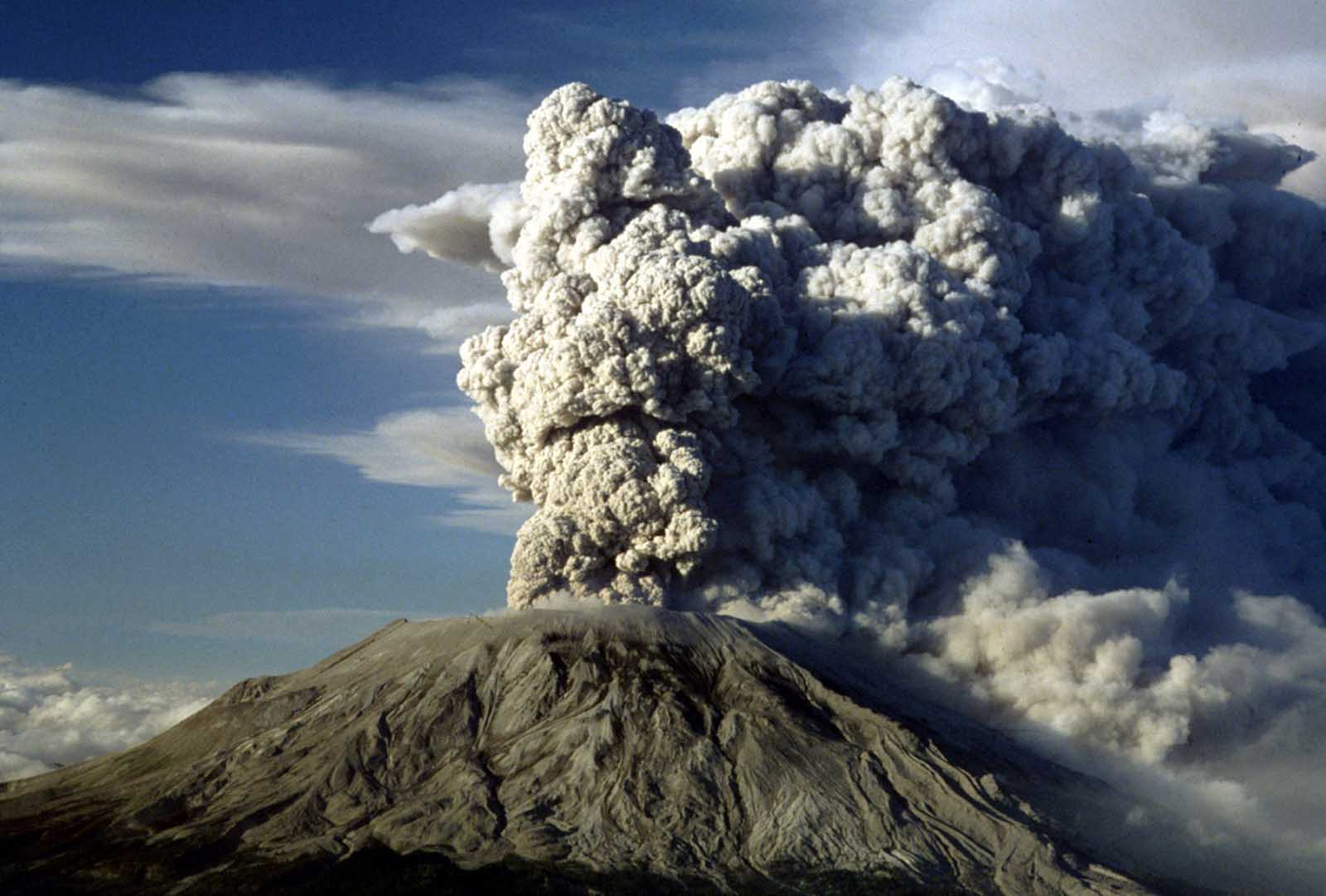
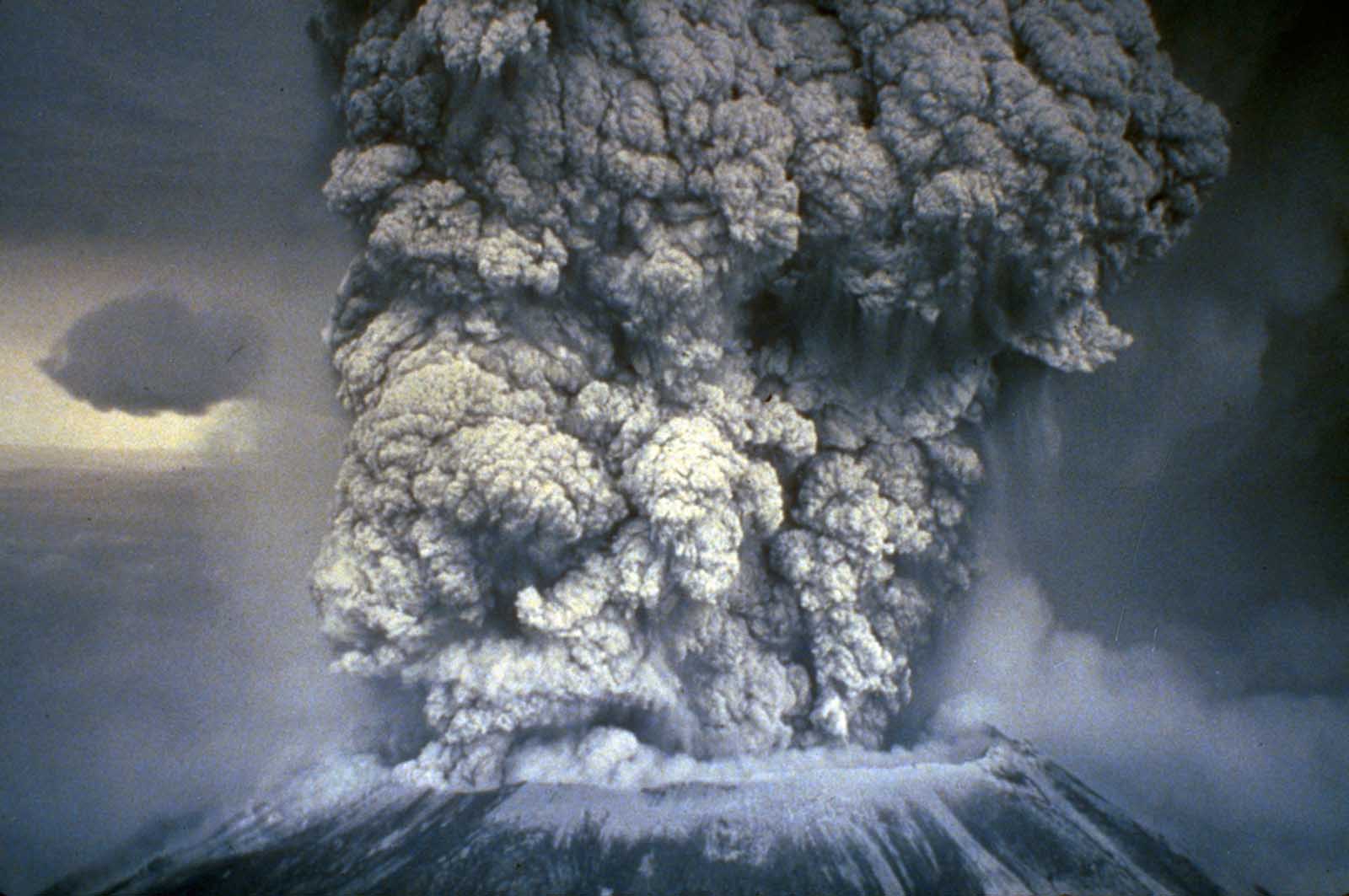
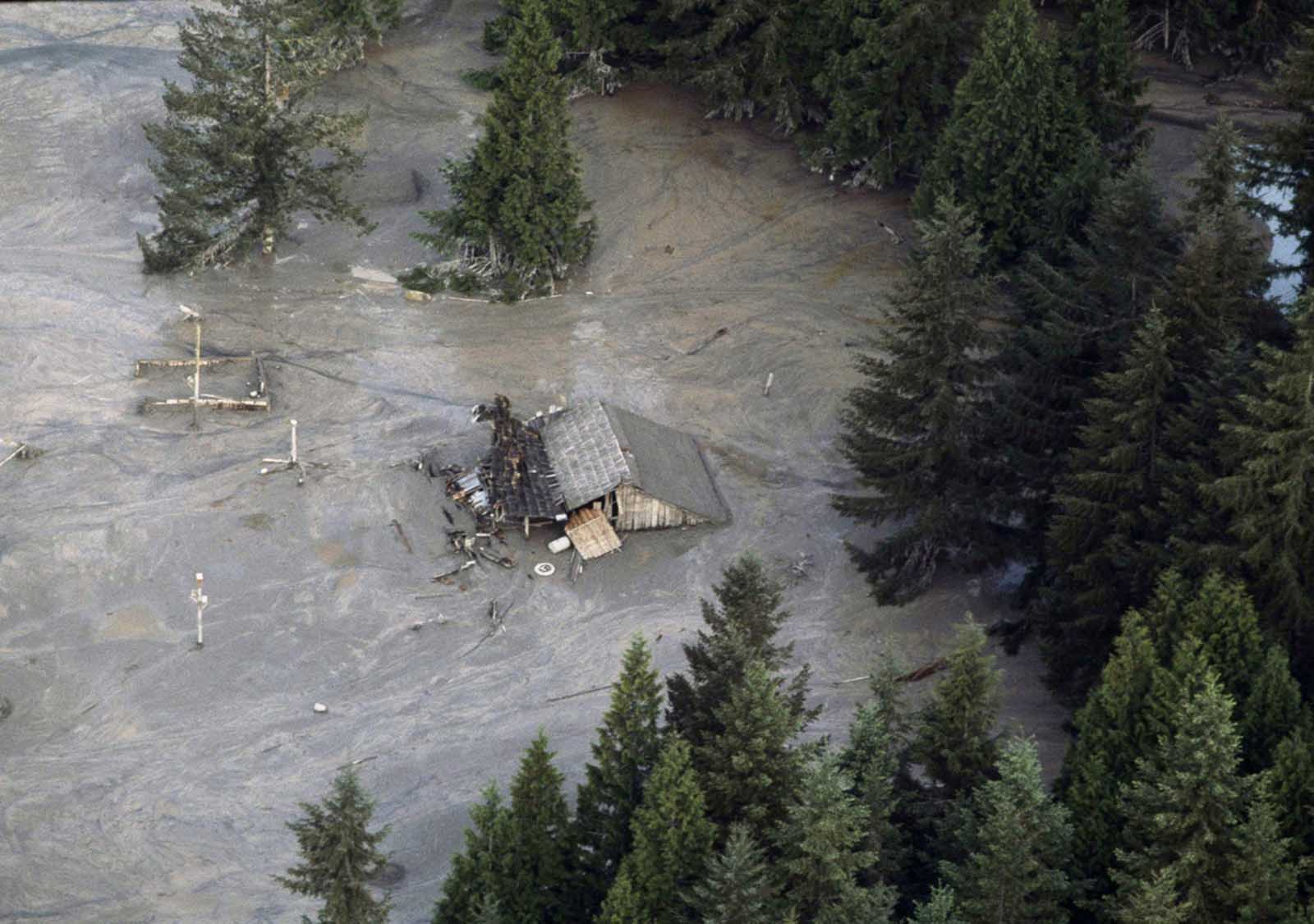

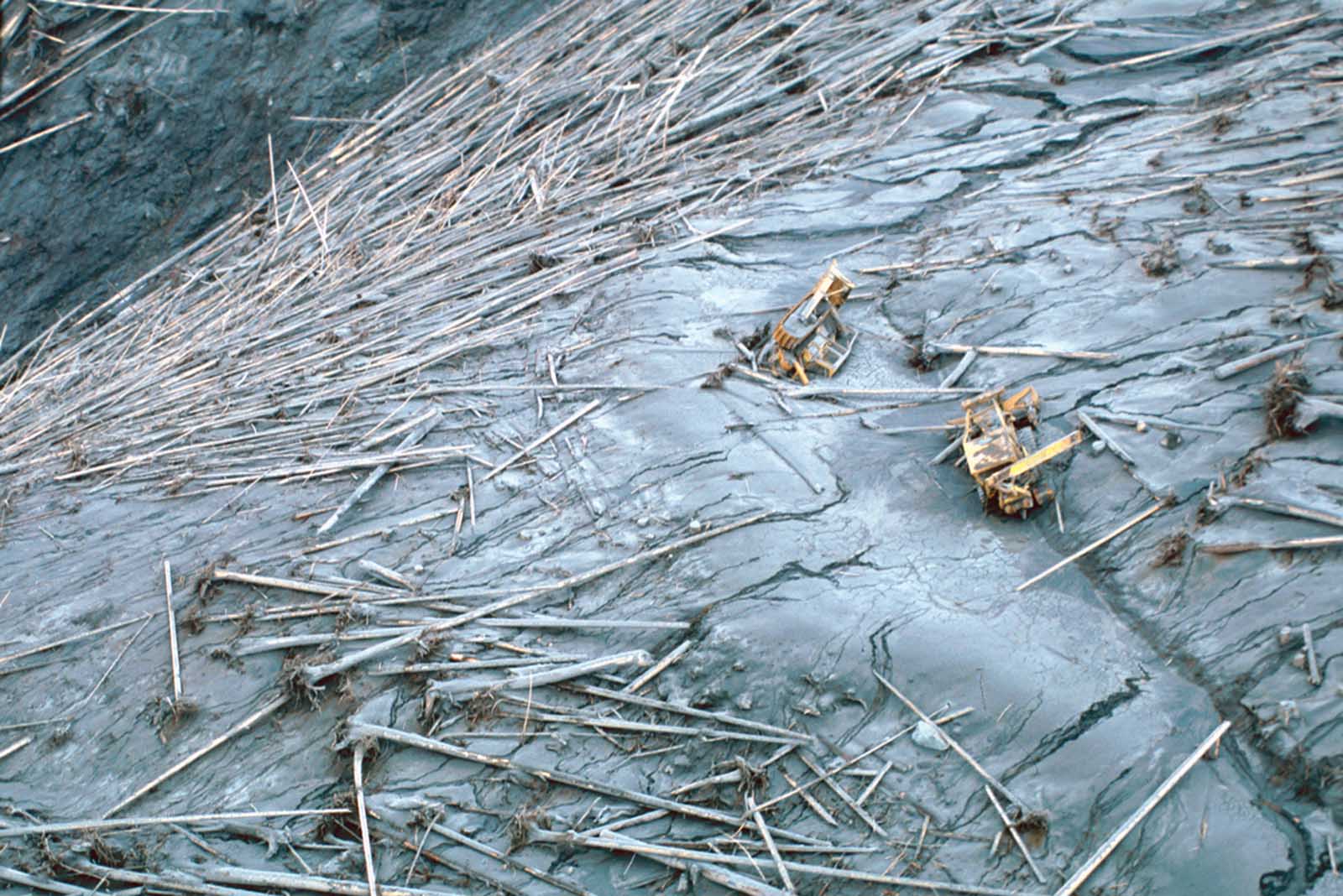
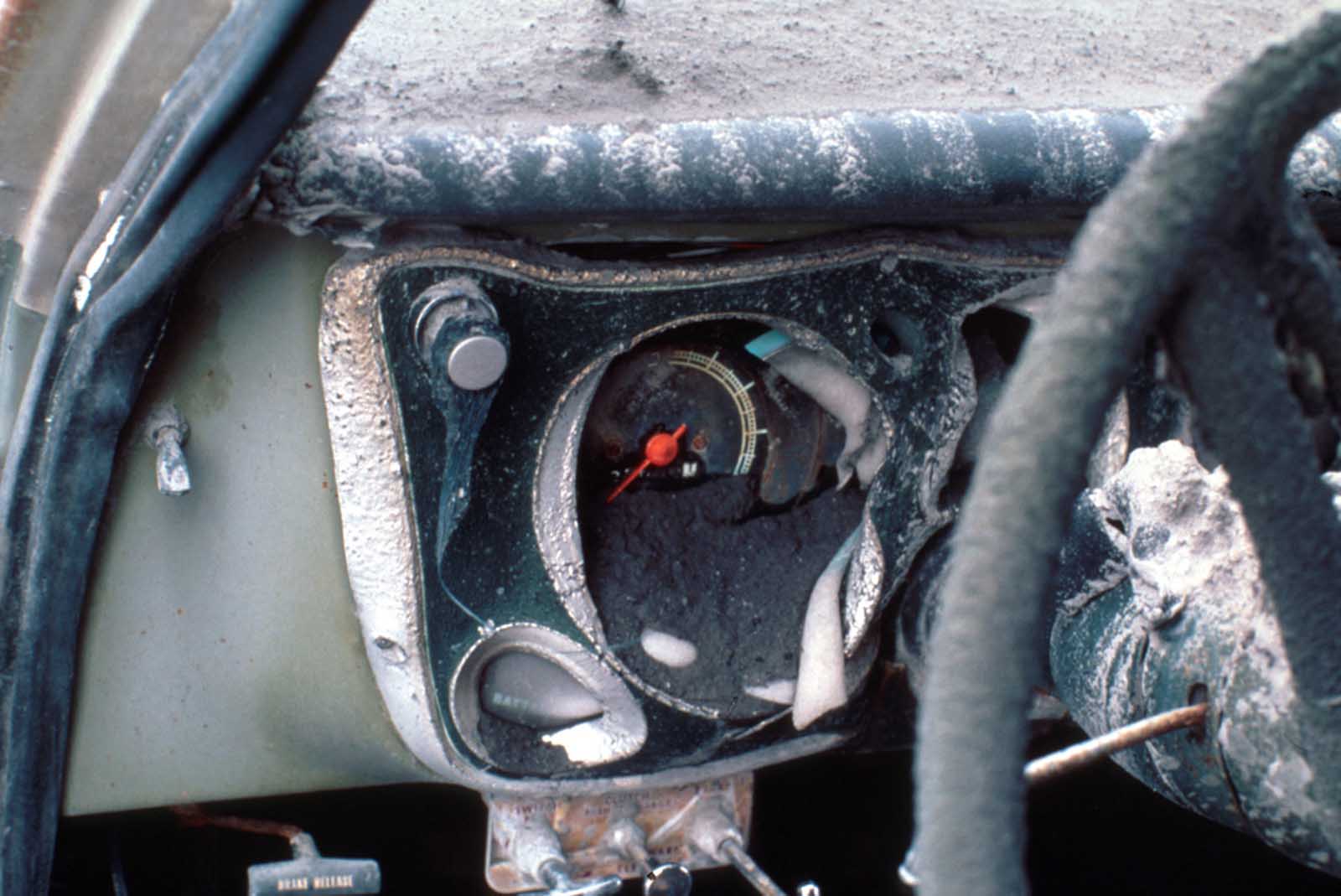
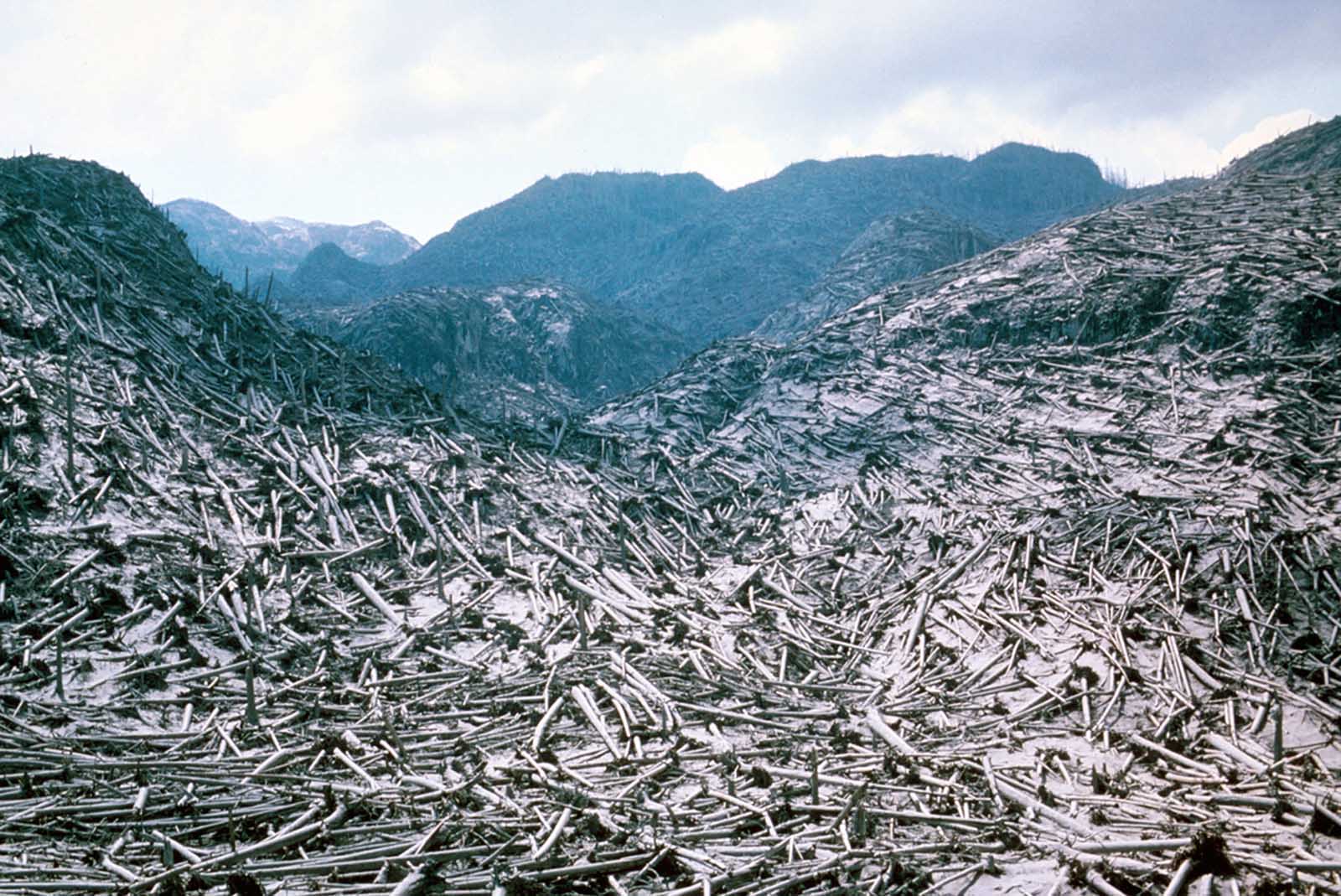
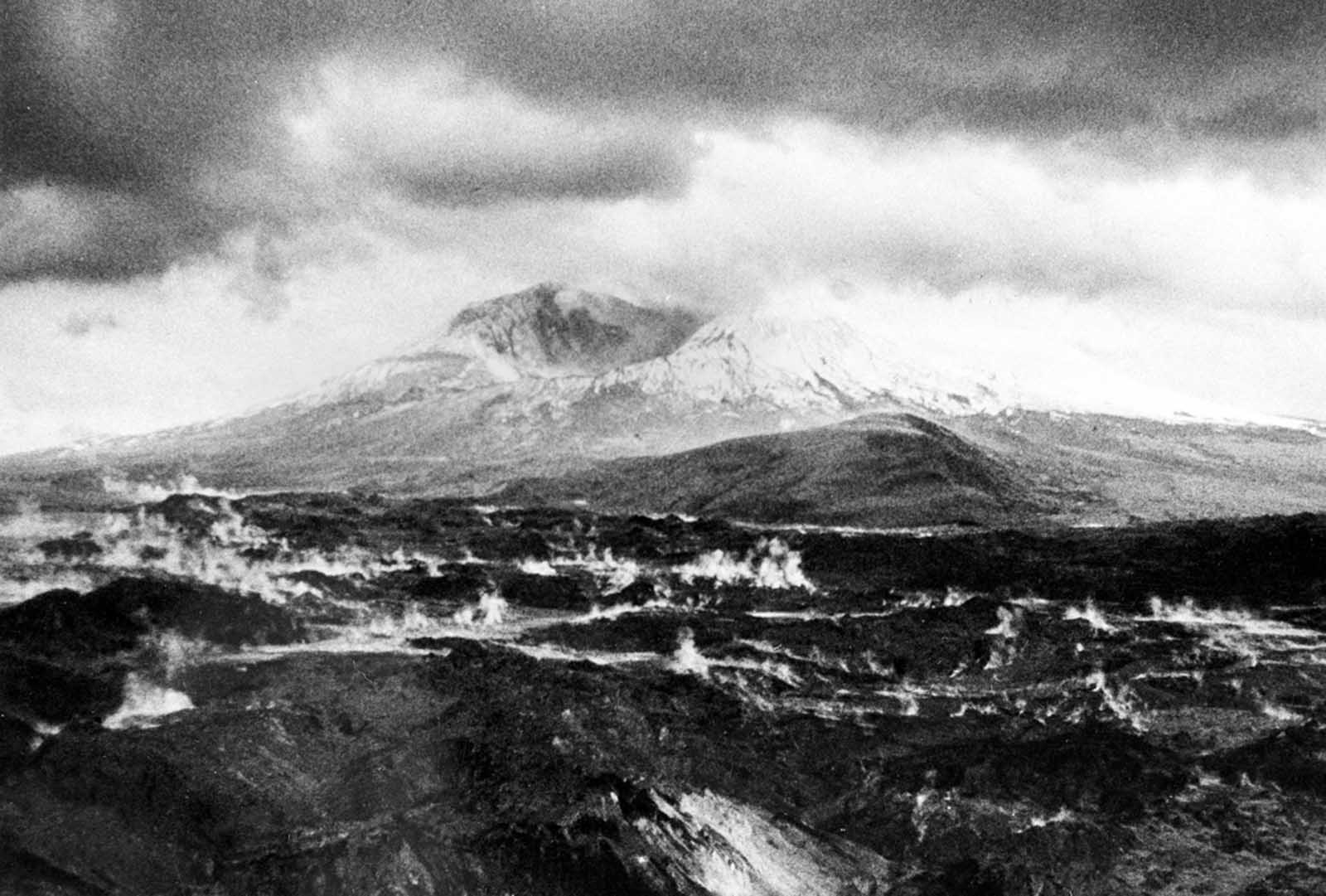

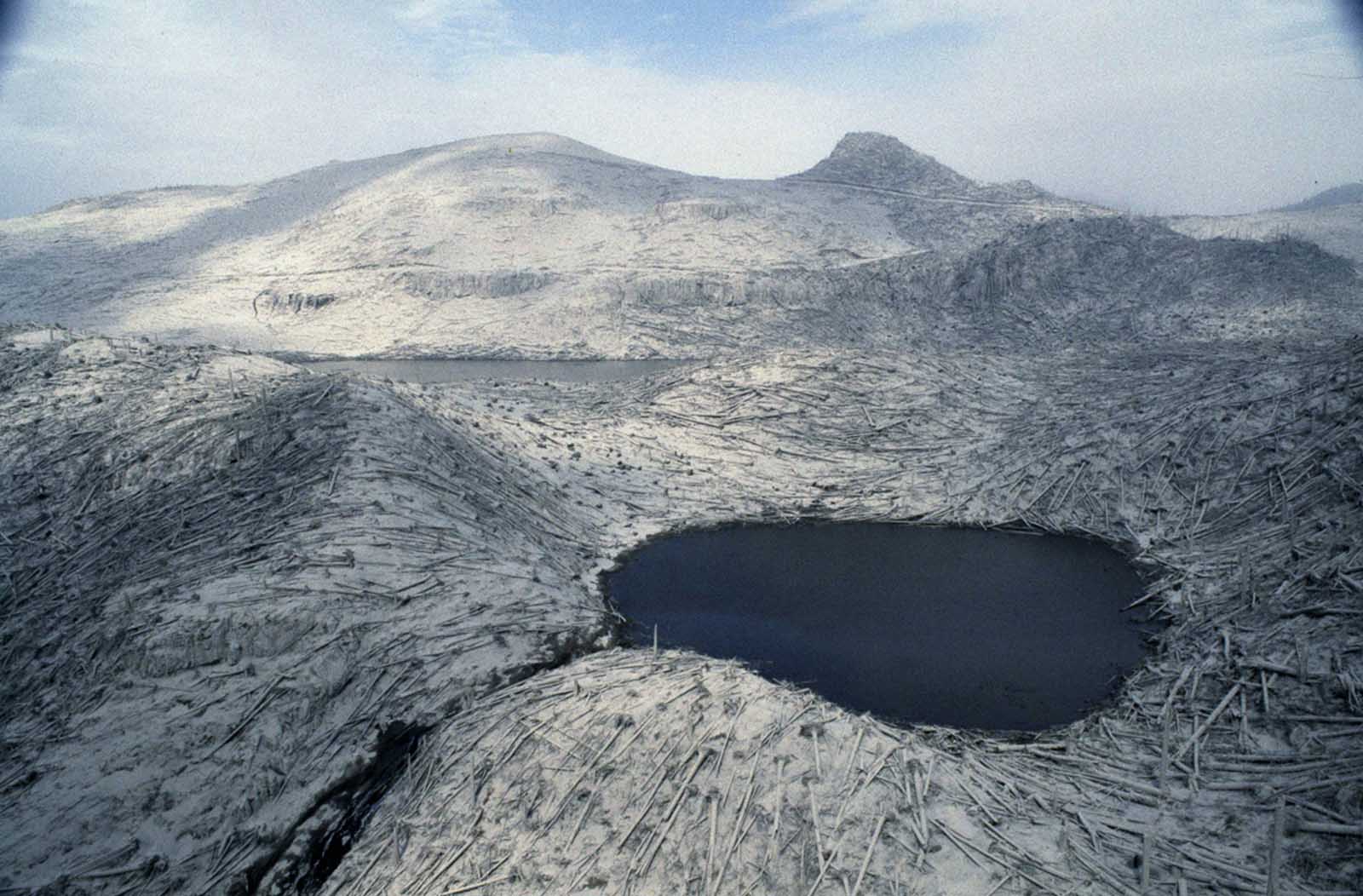
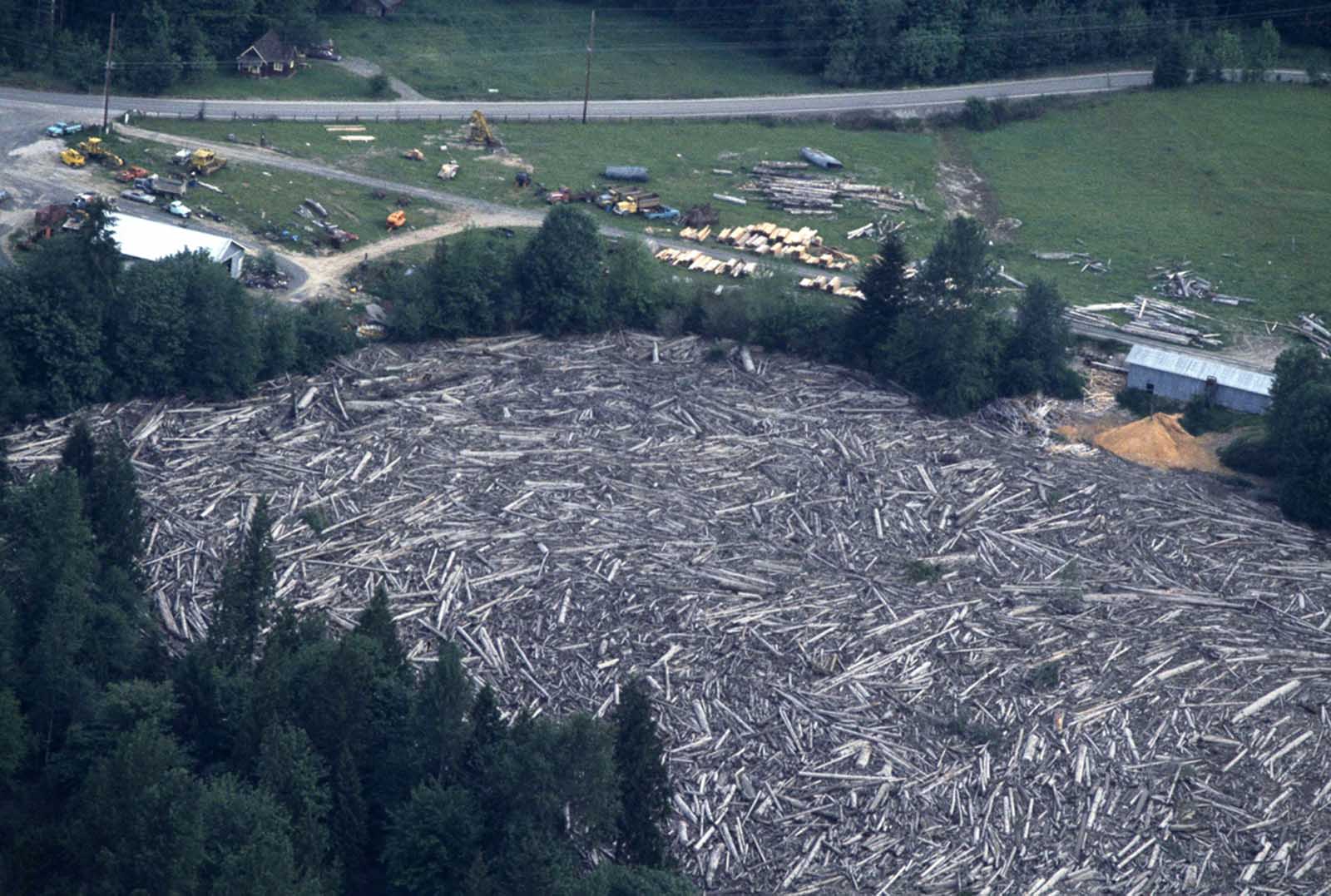
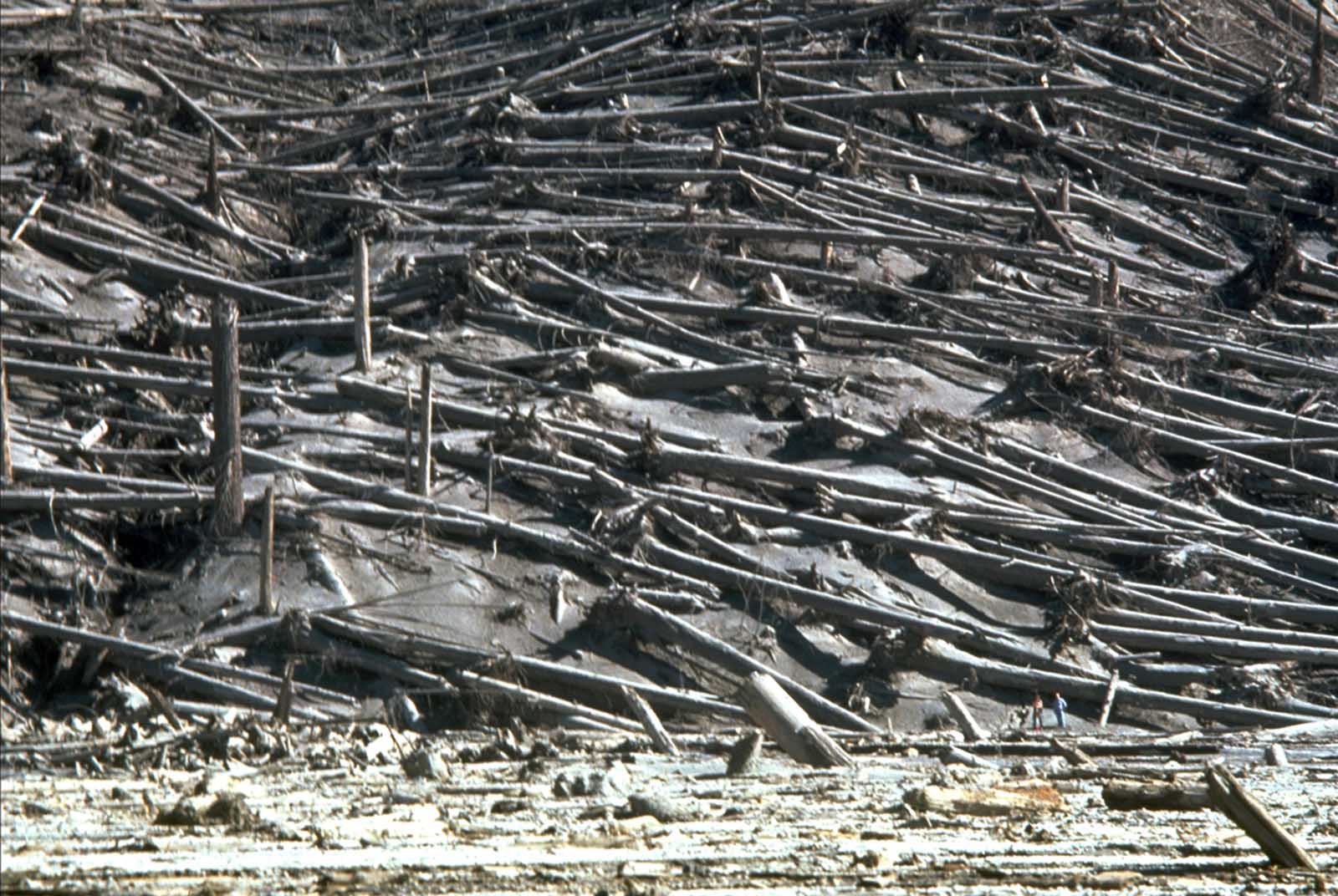
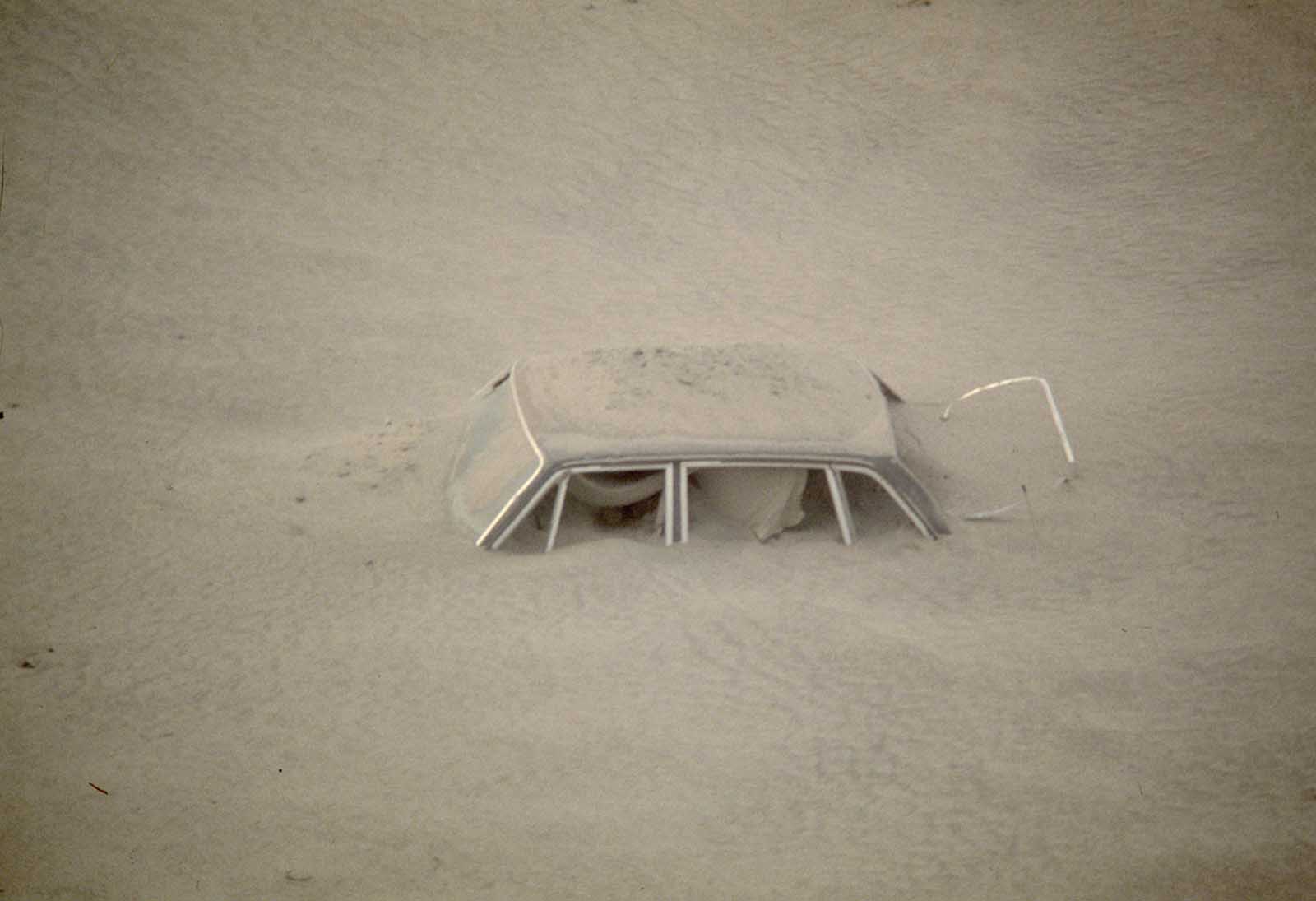
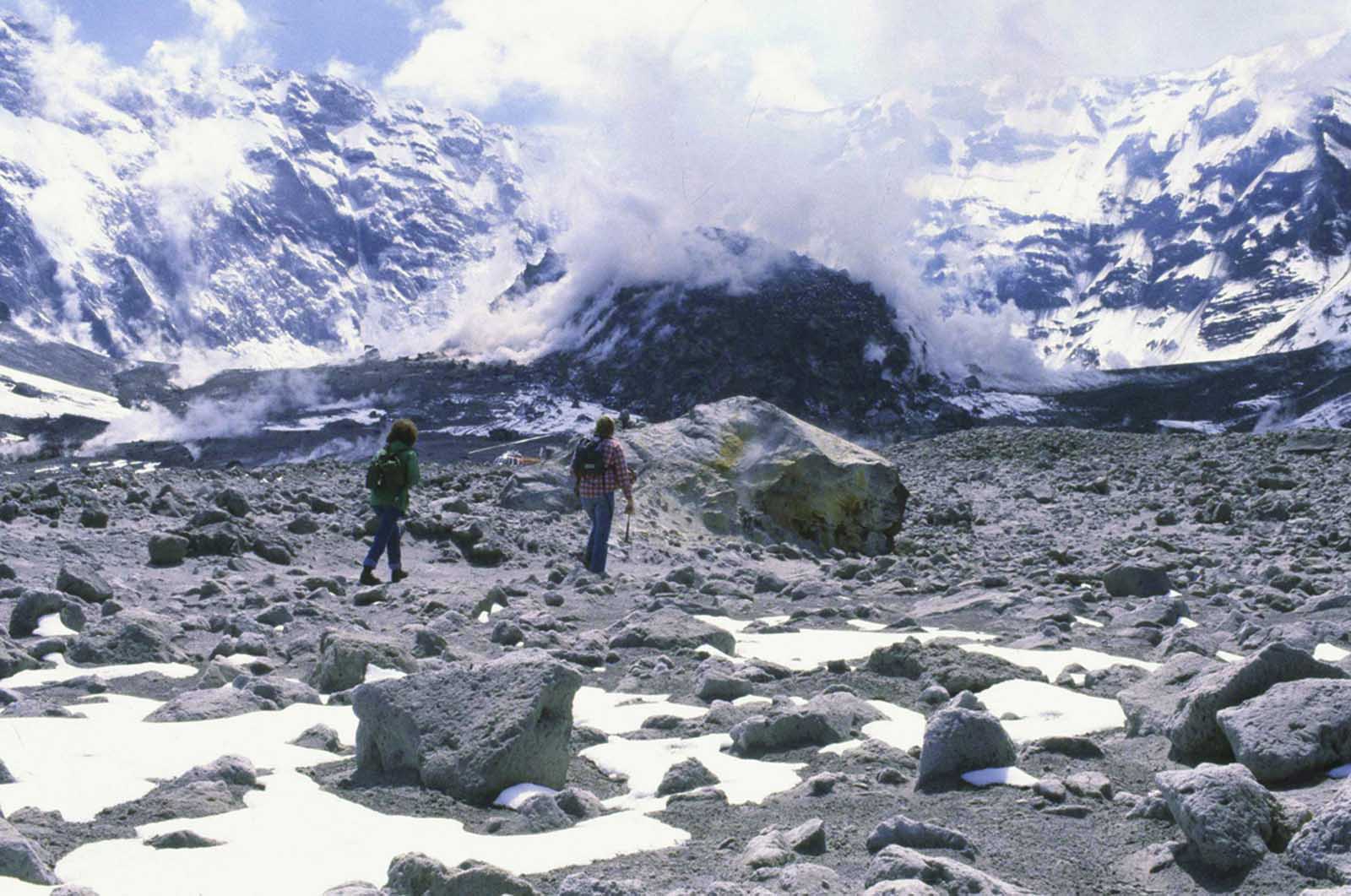

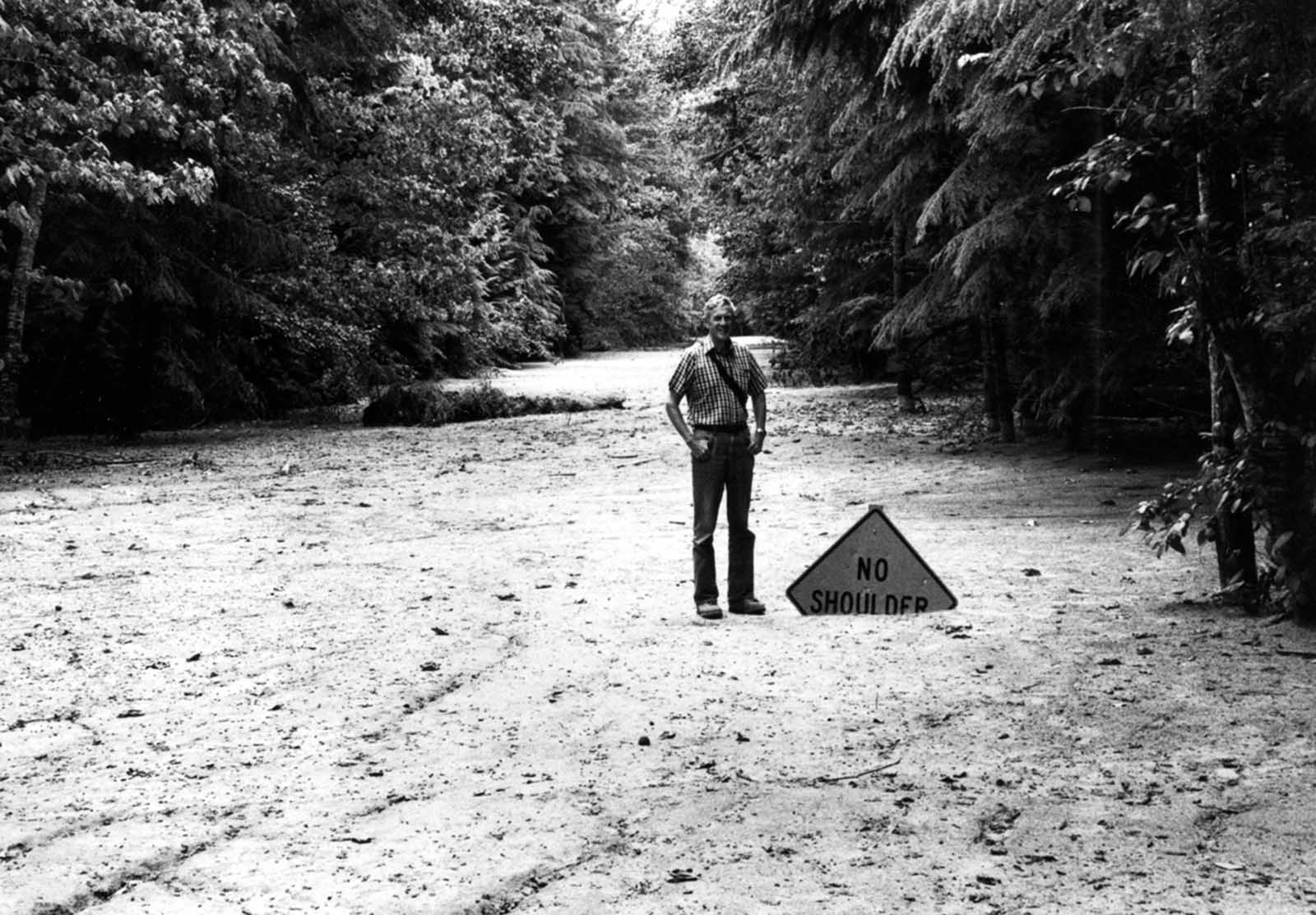
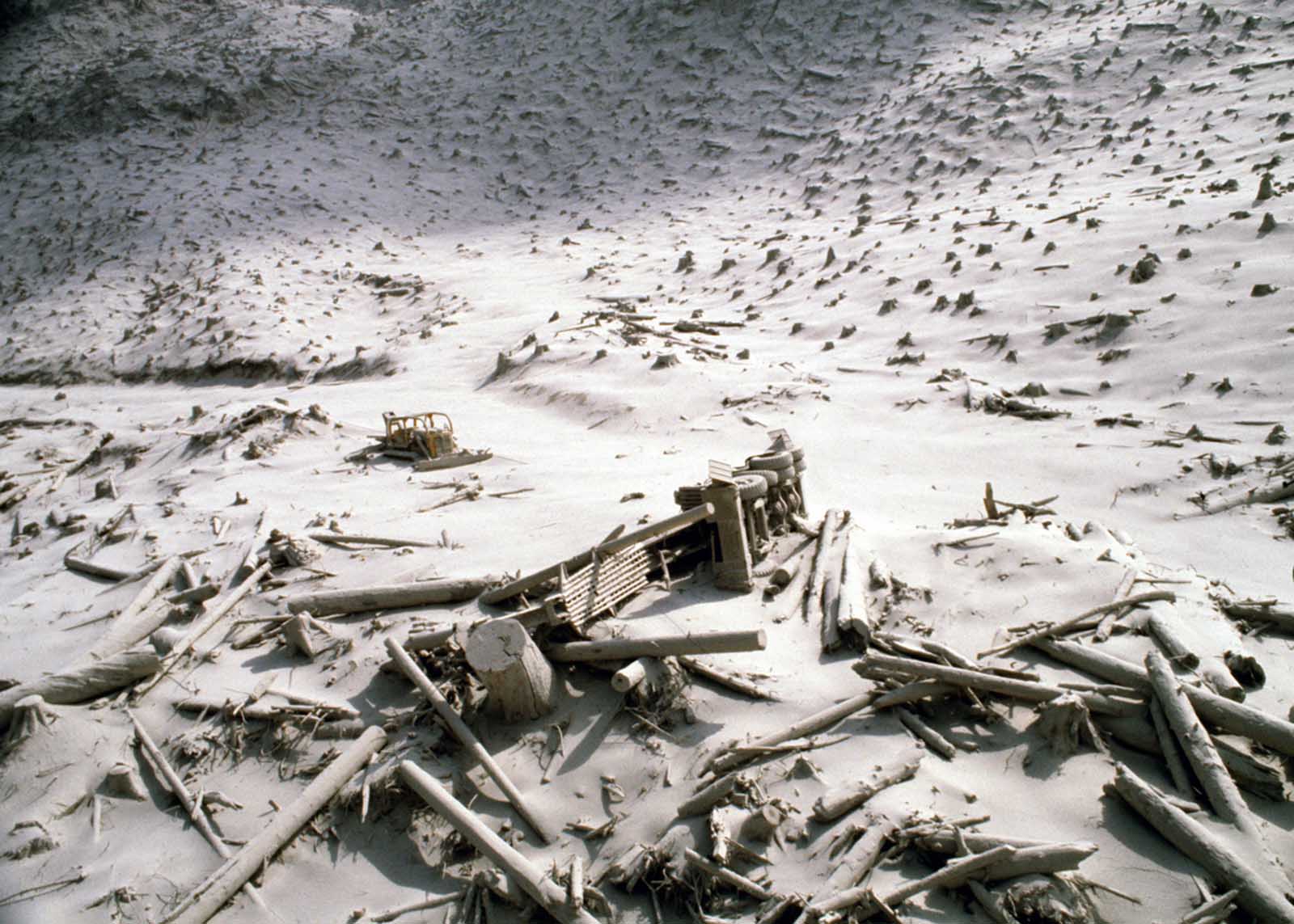

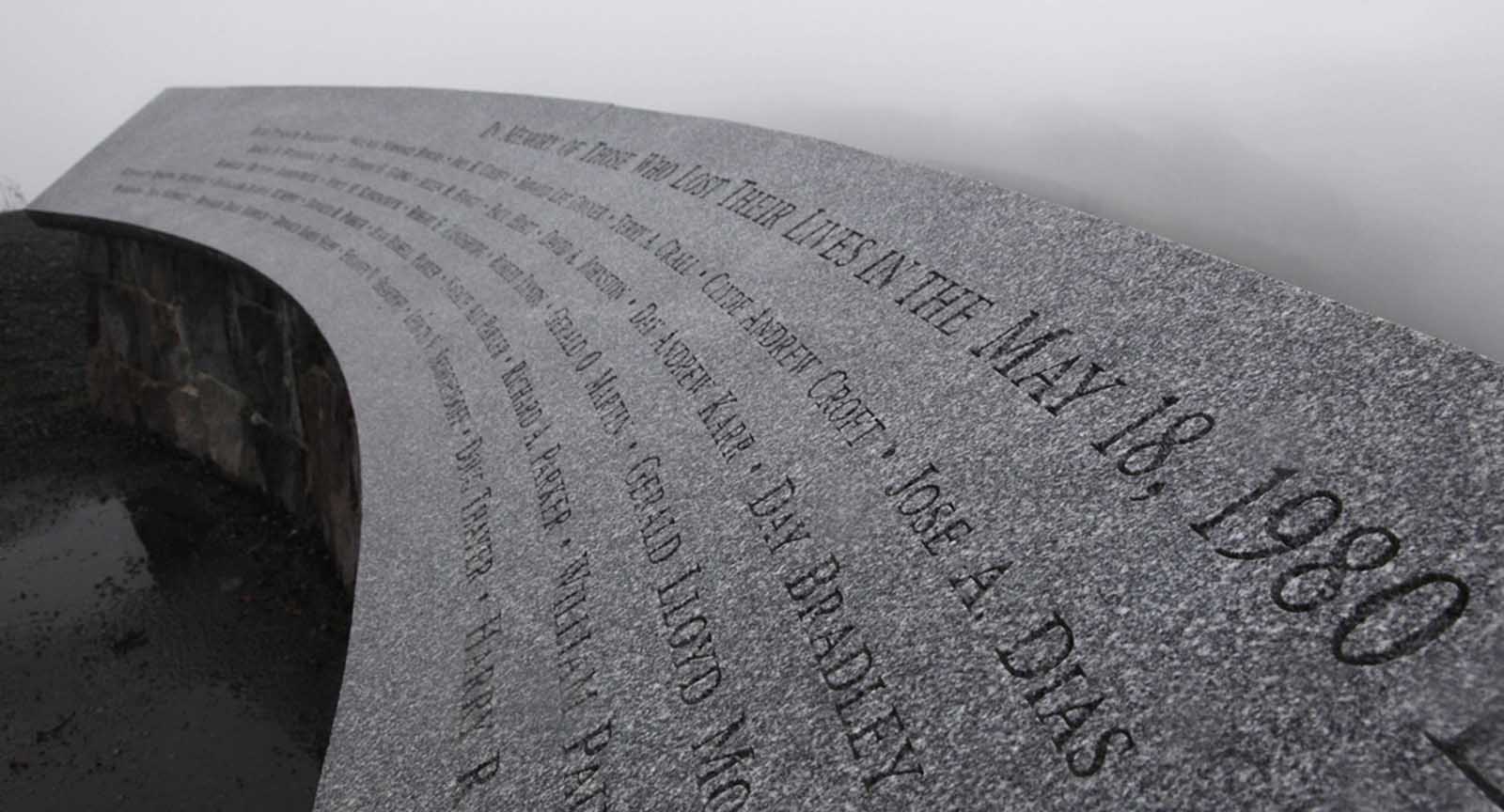
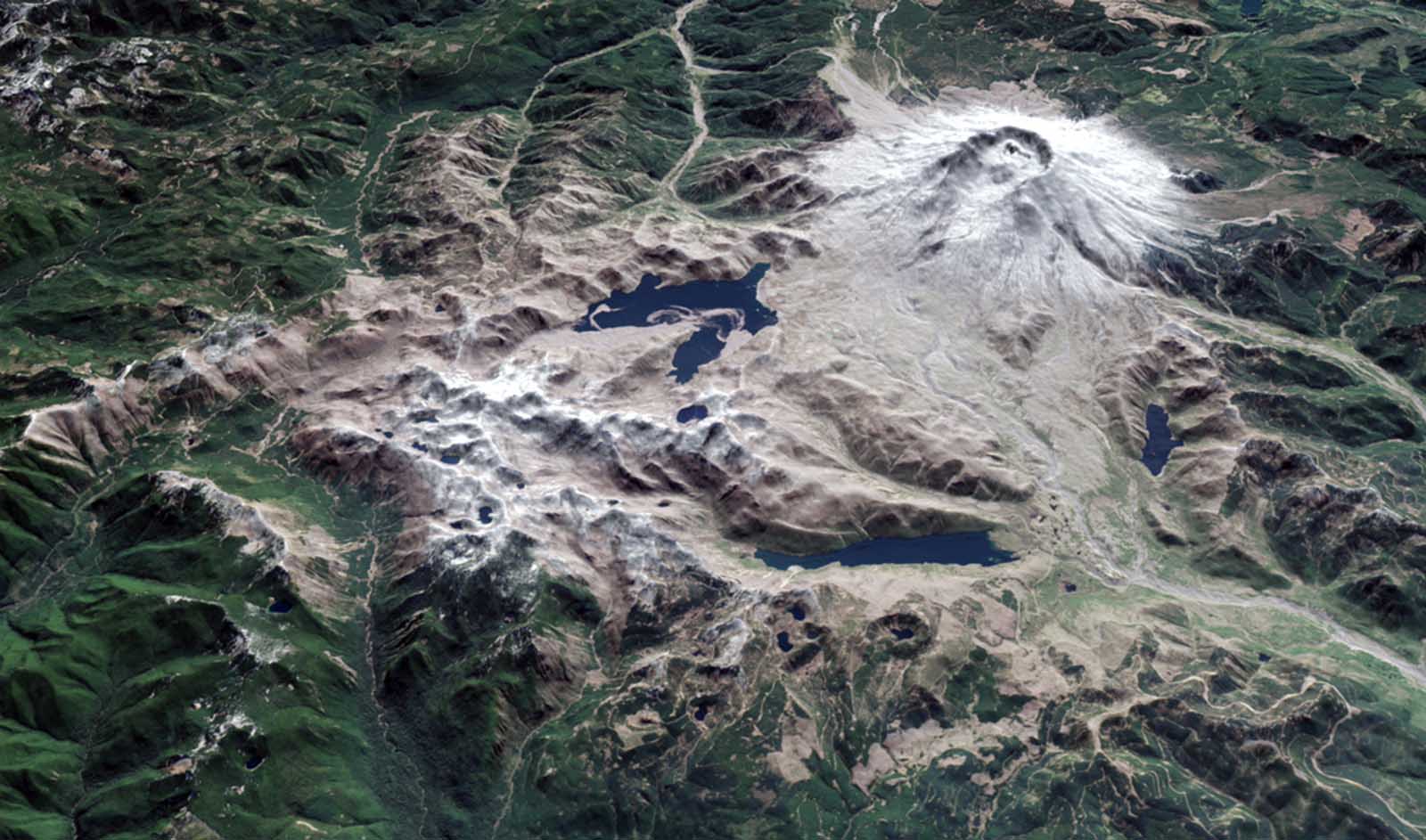
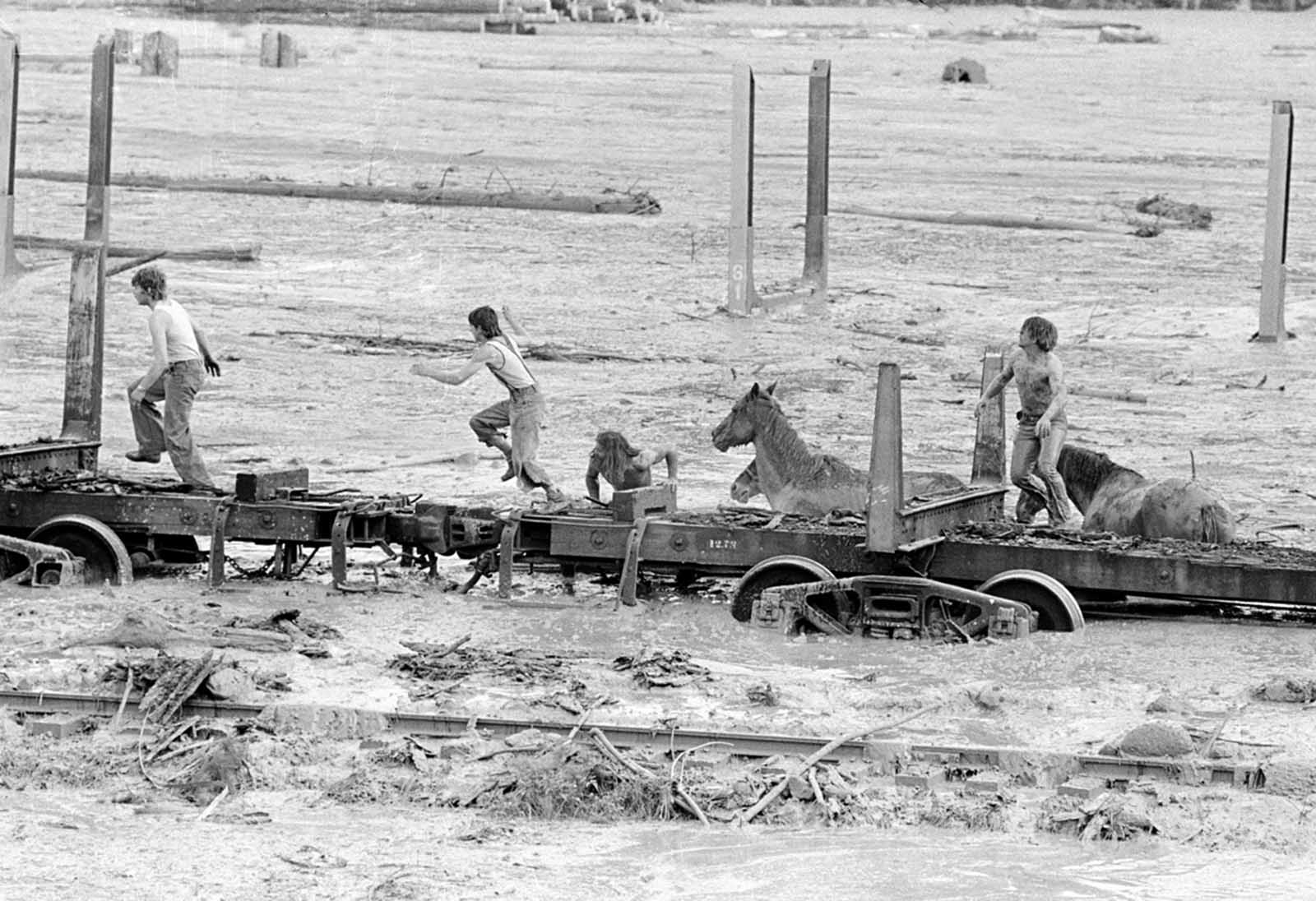

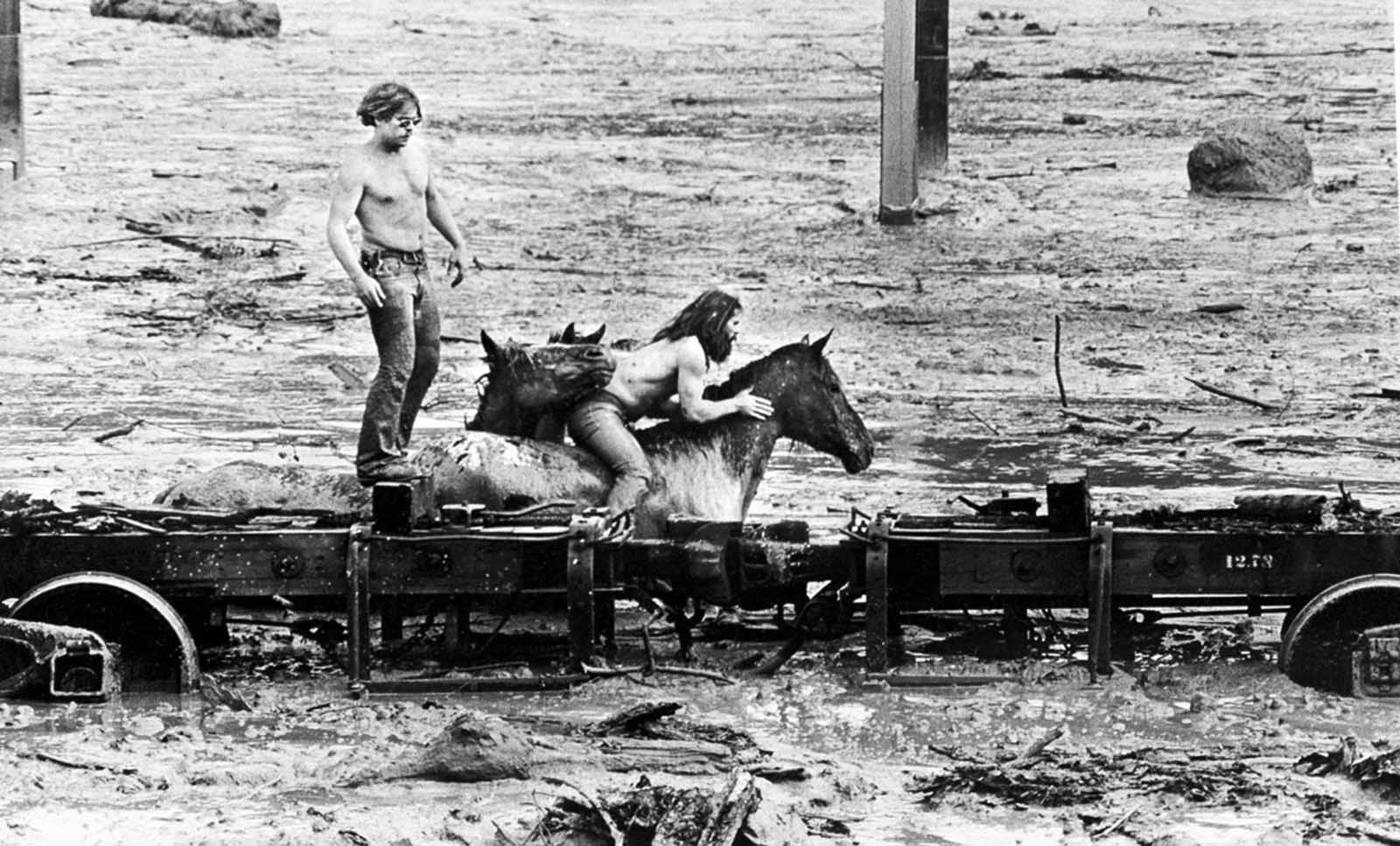
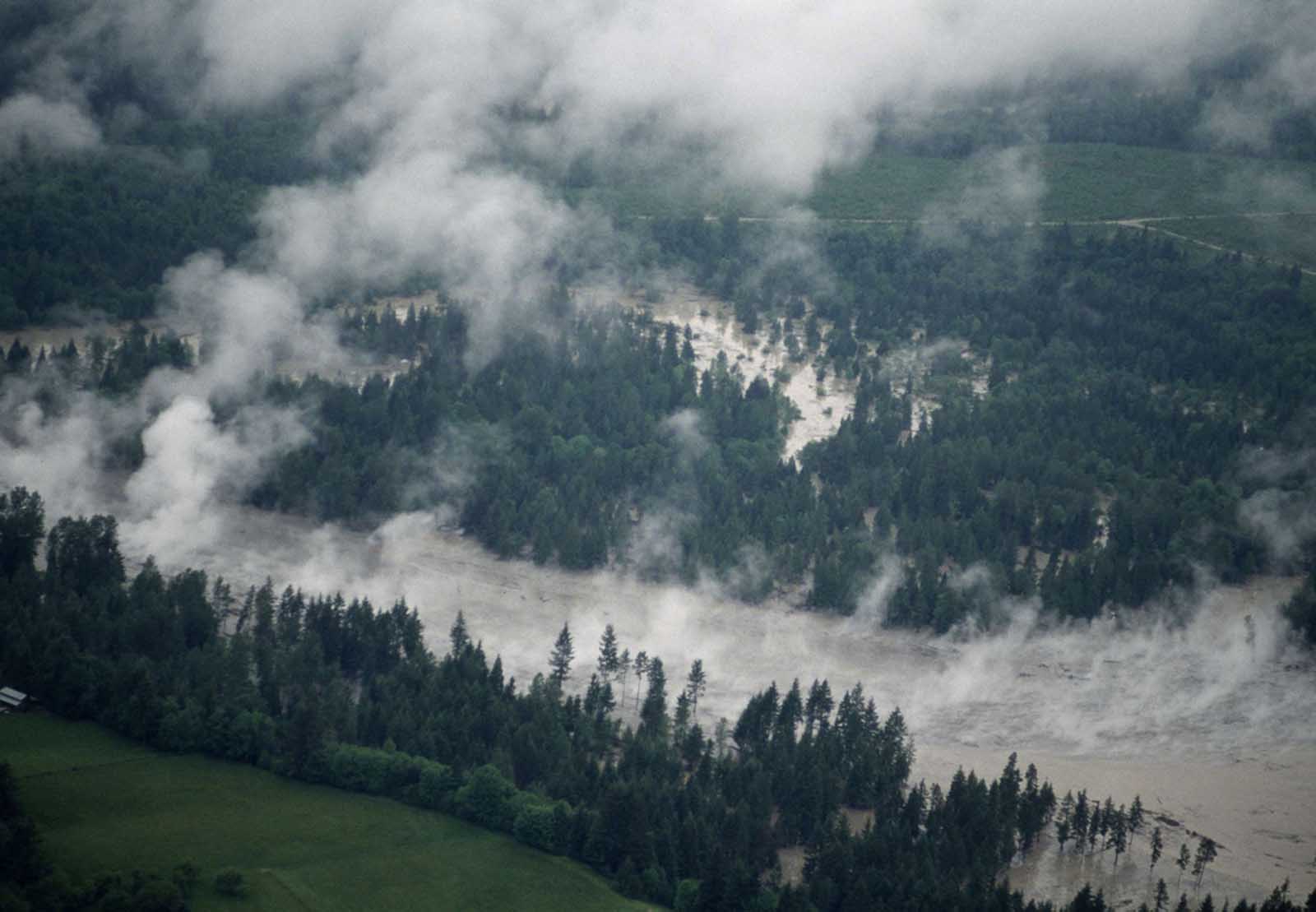
Video
Watch Eyewitness’ Final Words as He Watches Mount St. Helens Erupt to hear the chilling last moments of a first-hand observer. A must-watch!
Conclusion: A Legacy of Nature’s Power
The eruption of Mount St. Helens in 1980 was a tragic event that left a lasting mark on both the natural world and the people who witnessed it. Through the photographs taken during and after the eruption, we gain a deeper understanding of the magnitude of the event and the resilience of life in the face of such overwhelming destruction. As we reflect on the legacy of Mount St. Helens, we are reminded that nature is both beautiful and terrifying, capable of immense destruction but also of remarkable recovery. The eruption, with all its devastation, remains a powerful testament to the forces that shape our world.
